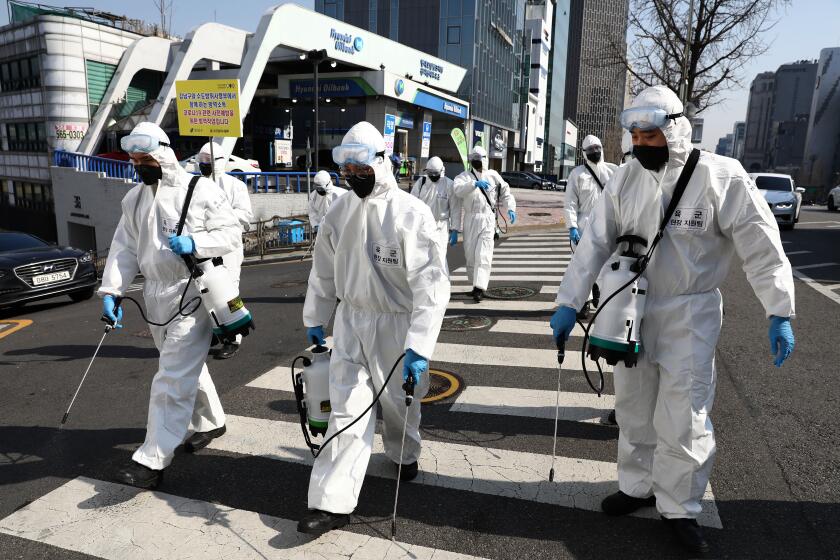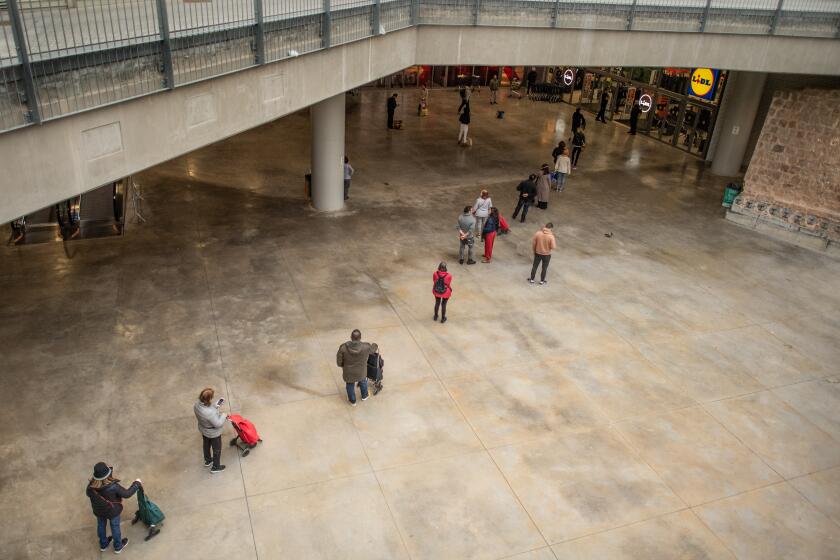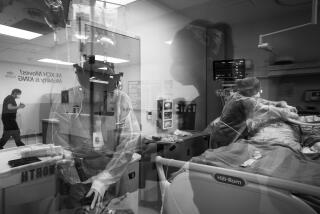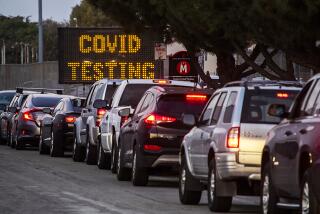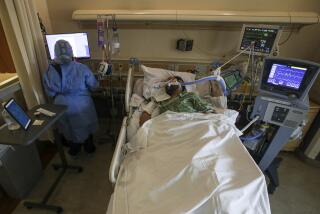If I become infected with the coronavirus, what are my odds of survival?
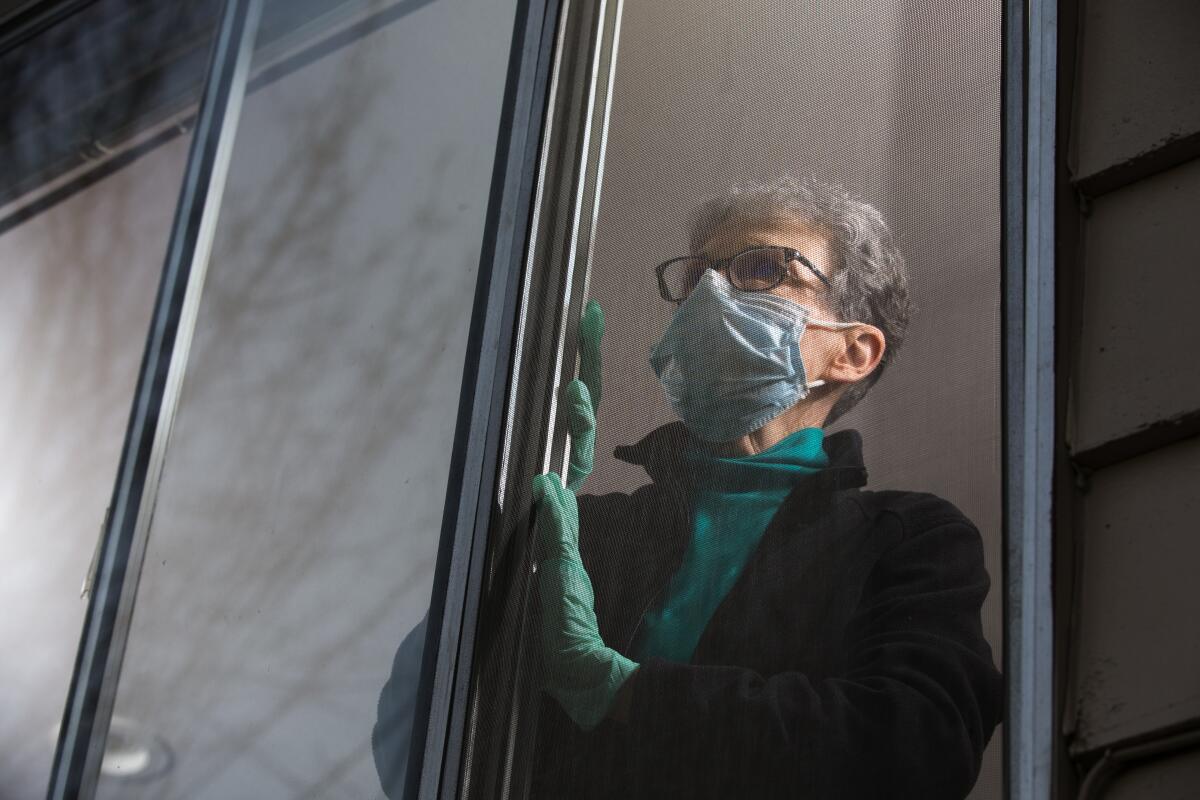
- Share via
SINGAPORE — Left unchecked, the coronavirus that causes COVID-19 could infect billions of people. By one estimate, up to 70% of the world’s population may contract the disease.
That means there’s an excellent chance that, sooner or later, you will be one of them.
For the record:
12:10 a.m. March 21, 2020An earlier version of this story said MRIGlobal was based in Maryland. It is based in Kansas City, Mo.
The World Health Organization said 14% of people known to have COVID-19 develop symptoms severe enough to require hospitalization and oxygen support. But calculating the odds of survival in the early stages of the pandemic is imprecise.
The disease’s fatality rate, which compares the number of people with confirmed cases of COVID-19 to the number of people who have died from it, has fluctuated between 0.9% and 3.4% depending on the latest available data. None of them are truly accurate, however, since health officials have no idea how many people have been infected but weren’t sick enough to warrant medical attention and be counted.
“The full burden of disease is not understood until there is time to breathe and analyze the data,” said Gene Olinger, an immunologist with MRIGlobal, a scientific institute based in Kansas City, Mo.
Researchers will need to account for factors like climate, access to healthcare and genetics to build a full picture of COVID-19, including who is most vulnerable. (Tuberculosis, for example, kills about 1.5 million people each year, but its incidence varies greatly depending on climate and geography.)
Despite the current uncertainty, early research seems to show a persistent pattern about which group is most vulnerable: Older adults, particularly those with underlying medical conditions, are at much greater risk of dying from the coronavirus than younger, healthier people.
After inspecting conditions in China last month, an expert panel assembled by the World Health Organization reported that patients with underlying health problems died at substantially higher rates.
Among patients of all ages without preexisting medical conditions, the fatality rate was 1.4%, the panel found. That compares with 13.2% for those with cardiovascular disease, 9.2% for those with diabetes, 8.4% for people with hypertension, 8% for patients with chronic respiratory disease and 7.6% for those with cancer.
Meanwhile, patients aged 80 and over died at a rate of 21.9%.
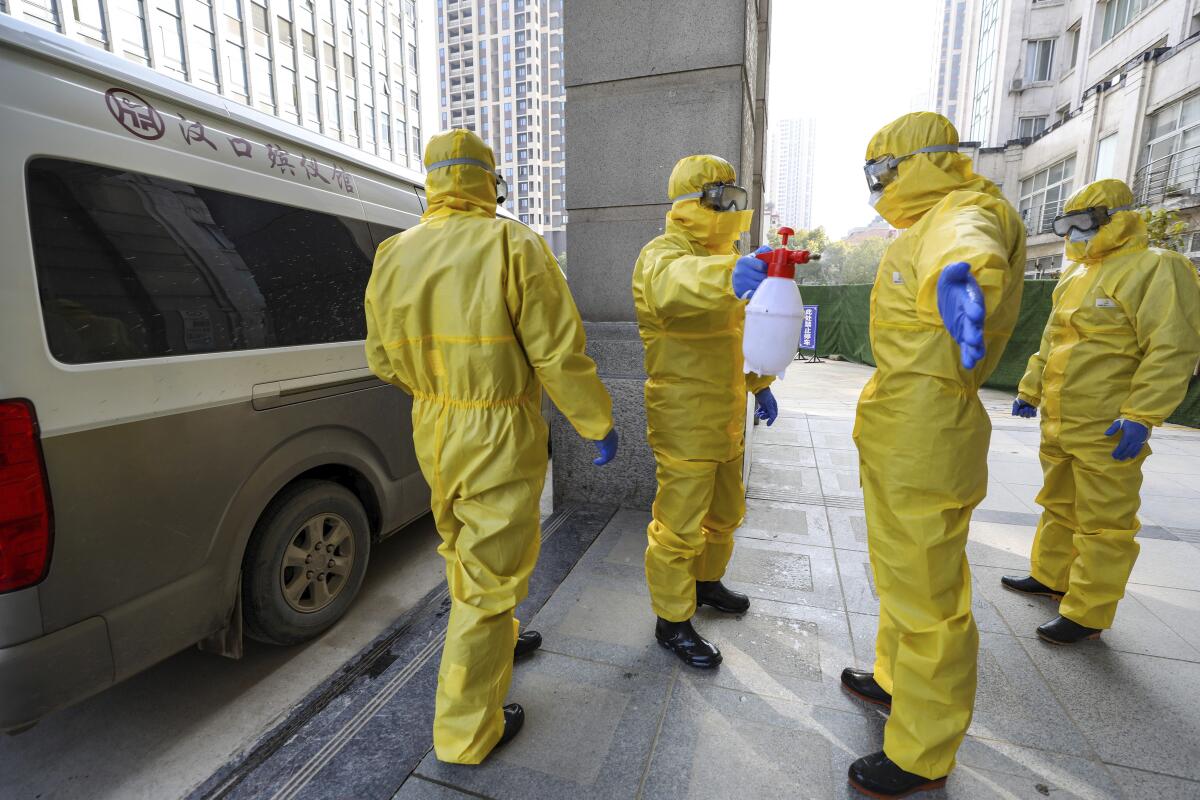
Another study examining 201 patients in a hospital in Wuhan, China, concluded that patients 60 and older were more likely to succumb to fatal respiratory symptoms triggered by COVID-19 because their immune systems were weaker.
A separate study published last month by researchers at the Chinese Center for Disease Control and Prevention examined nearly 45,000 confirmed cases of COVID-19 in China and found that while the overall fatality rate was 2.3%, it jumped to 8% for patients in their 70s and soared to 14.8% for patients 80 and older.
The fatality rate for the new coronavirus keeps changing. For weeks it remained at around 2%, then it seemed to drop to 1% before climbing above 3%. What gives?
Those rates were derived from a sample set that isn’t particularly diverse. To counter that, researchers at Imperial College in London recently aggregated worldwide data to build estimates that may provide a truer picture of the actual fatality rate.
Their report estimates an overall fatality rate of 0.9%, which swells to 9.3% for cases involving patients 80 and older. They also calculated a 2.2% mortality rate for people in their 60s and a 5.1% rate for those in their 70s.
“It’s pretty clear that as you get older, your chances of survival get worse,” said Dr. Malik Peiris, chief of virology at the University of Hong Kong and a coronavirus expert who did not participate in any of the aforementioned studies. “But the actual fatality rate is tricky to interpret.”
While age was the biggest risk factor, it wasn’t the only one. Nearly half of the 191 adult patients included in a study from Wuhan had underlying health conditions before they were hospitalized with COVID-19. The most common preexisting ailment among the group was high blood pressure (30%), followed by diabetes (19%) and heart disease (8%).
Peiris said the data available today is only the tip of an iceberg. The untold numbers of cases lying beneath the surface could end up swinging the COVID-19 fatality rate either way.
That’s what happened in 2009 with the H1N1 influenza pandemic that began in Mexico. In the outbreak’s early days, the fatality rate appeared to be 2%, Peiris said. Over time, researchers looked for H1N1 antibodies in blood samples of the general population and found that many people had been infected and recovered. After these overlooked cases were factored in, the fatality rate plunged to just 0.002%, he said.
“Knowing the fatality rate is critically important,” Peiris said. “Many countries are taking aggressive measures that are very costly for their economies and their communities by assuming the rate is 1% or higher. But if the rate is 100 times lower, then the measures you take would be quite different. You need to calibrate your response to the severity of the outbreak.”
The Imperial College study predicted the novel coronavirus would infect 81% of people in the United States and result in 2.2 million deaths. That was before President Trump recommended sweeping social distancing measures Monday to limit the spread of the the virus.
A day earlier, California Gov. Gavin Newsom urged anyone older than 65 to sequester themselves to avoid becoming infected.
A guide to social distancing: When to stay home, when it’s OK to go out, and how to behave in public without putting yourself or others at risk.
More than 7,000 people in the U.S. have tested positive for COVID-19 so far, and at least 97 have died, according to the U.S. Centers for Disease Control and Prevention.
Despite their higher death rates, it’s unclear whether seniors are at any greater risk of contracting the coronavirus than people in other age groups. With the U.S. and other countries still struggling to deliver enough tests, the answer may not be known for months or years.
“The more people tested, the more we understand the full extent of the disease in the population, how to reduce spread and the risk factors,” Olinger said.
